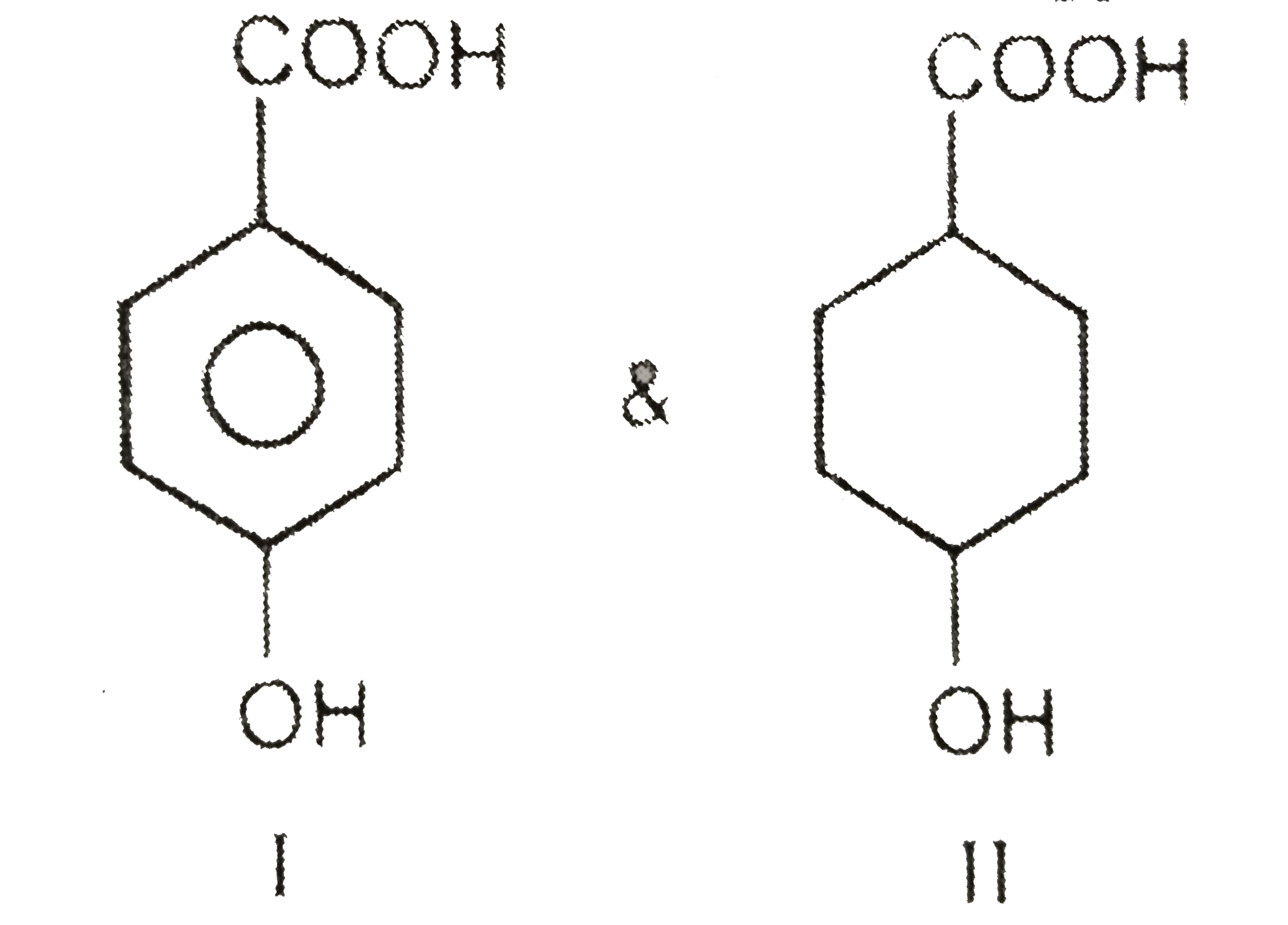Which of the following family can be associated with the characteristics given below?
(i) Racemose inflorescence.
(ii) Vexillary aestivation in corolla.
(iii) Bracteate, complete, bisexual, zygomorphic flower.
Solanaceae
Papilionaceae
Brassicaceae
Liliaceae
The correct Answer is:B
To solve the question regarding the family associated with the given characteristics, we will analyze each option based on the characteristics provided:
Step 1: Analyze the Characteristics
We have three characteristics to consider:
1. Racemose inflorescence
2. Vexillary aestivation in corolla
3. Bracteate, complete, bisexual, zygomorphic flower
Step 2: Evaluate Each Option
Let's evaluate each option one by one.
Option 1: Solanaceae
- Inflorescence: Solanaceae typically has cymose inflorescence, not racemose.
- Aestivation: The aestivation in Solanaceae is usually valvate.
- Conclusion: This option does not match the characteristics. (Incorrect)
Option 2: Papilionaceae (Fabaceae)
- Inflorescence: Papilionaceae can have racemose inflorescence.
- Aestivation: The corolla exhibits vexillary aestivation.
- Flower Characteristics: Flowers are bracteate, complete, bisexual, and zygomorphic.
- Conclusion: This option matches all the characteristics. (Correct)
Option 3: Brassicaceae
- Inflorescence: Brassicaceae can have racemose inflorescence.
- Aestivation: The aestivation is typically valvate.
- Conclusion: This option does not match the aestivation characteristic. (Incorrect)
Option 4: Liliaceae
- Inflorescence: Liliaceae can also have racemose inflorescence.
- Aestivation: The aestivation is generally valvate.
- Conclusion: This option does not match the aestivation characteristic. (Incorrect)
Step 3: Final Conclusion
Based on the analysis, the only family that matches all the given characteristics is Papilionaceae (Fabaceae).
Answer: Papilionaceae (Fabaceae)
---
We have three characteristics to consider:
1. Racemose inflorescence
2. Vexillary aestivation in corolla
3. Bracteate, complete, bisexual, zygomorphic flower
Let's evaluate each option one by one.
- Inflorescence: Solanaceae typically has cymose inflorescence, not racemose.
- Aestivation: The aestivation in Solanaceae is usually valvate.
- Conclusion: This option does not match the characteristics. (Incorrect)
- Inflorescence: Papilionaceae can have racemose inflorescence.
- Aestivation: The corolla exhibits vexillary aestivation.
- Flower Characteristics: Flowers are bracteate, complete, bisexual, and zygomorphic.
- Conclusion: This option matches all the characteristics. (Correct)
- Inflorescence: Brassicaceae can have racemose inflorescence.
- Aestivation: The aestivation is typically valvate.
- Conclusion: This option does not match the aestivation characteristic. (Incorrect)
- Inflorescence: Liliaceae can also have racemose inflorescence.
- Aestivation: The aestivation is generally valvate.
- Conclusion: This option does not match the aestivation characteristic. (Incorrect)
Based on the analysis, the only family that matches all the given characteristics is Papilionaceae (Fabaceae).
Similar Questions
Which of the following polymer matched with all the given characteristics :
(i) Chain growth polymer (ii) Homo polymer (iii) Syndiotactic polymer :
View SolutionWhich of the following plants has the floral characters like zygomorphic flower, vexillary aestivation, diadelphous androecium and marginal placentation.
View Solution
Knowledge Check
Which of the following is/are the characteristics of the family whose floral diagram is given ?

(i) Aloe, Asparagus and Colchicum belong to this family
(ii) Flower is zygomorphic
(iii) Floral formula is
(iv) Fruits are berry or capsuleA(i),(ii) and (iii)B(iii) onlyC(i) onlyD(i),(iii) and (iv)Which two of the below given points are known as the twin characteristics growth ?
(i) Increase in mass
(ii) Increase in number of individuals
(iii) Cellular organisation
(iv) Cellular differentiationA(i) and (ii)B(i) nad (iii)C(ii) and (iii)D(iii) and (iv)Which of the following is/are not the characteristics of the Class Osteichthyes?
(i) Body is streamlined and mouth is terminal.
(ii) Gills are convered by operculum.
(iii) Skin convered with cycloid and placoid scales.
(iv) Many of them are viviparous.A(iv) onlyB(iii) and (iv)C(i), (iii) and (iv)D(i) and (ii)
Entry of pollen tube into the ovule through chalaza was first discovered by Treub in a xerophytes. This plant is associated with a pair of characters given below (i) unisexual flowers ( ii) sessile flowers (iii) centripetal arrangement of flowers (iv) bisexual flowers. The correct pair is
View SolutionWhich of the following reagent can distinguish the given compound I and II ?

View SolutionRead the characteristics given below. I. Pseudocoelom II. Viviparity III. Moulting Endoparasite that exhibits the above character is
View SolutionGiven below shows some characteristics of a phylum .Identify the phylum .
(i) Tissues are absent (ii) Internal fertilization (iii) indirect development (iv) Canal system
View SolutionWhich of the following statements best describes the stereochemical relationships of compound I, II and III shown below ?

View Solution